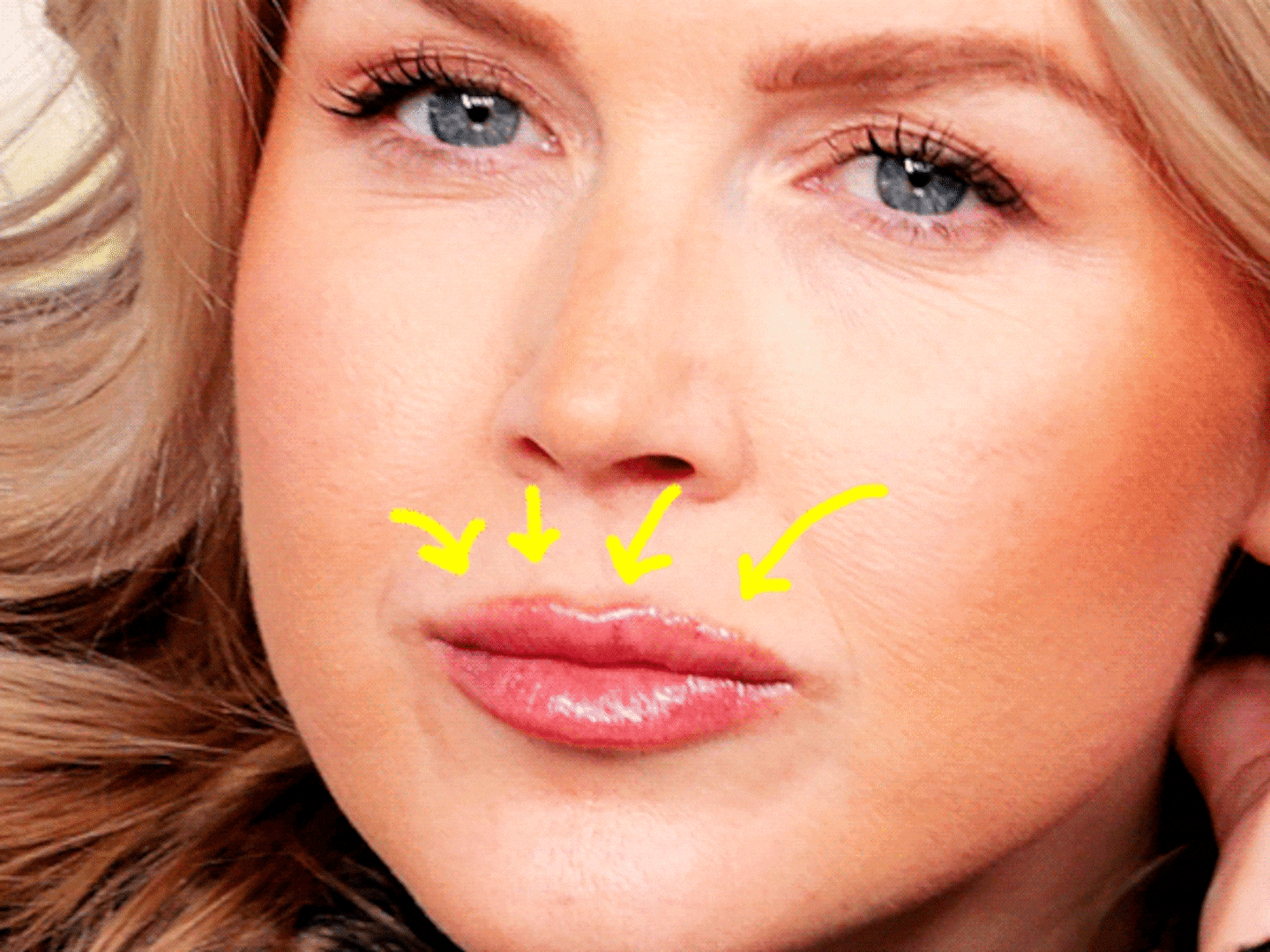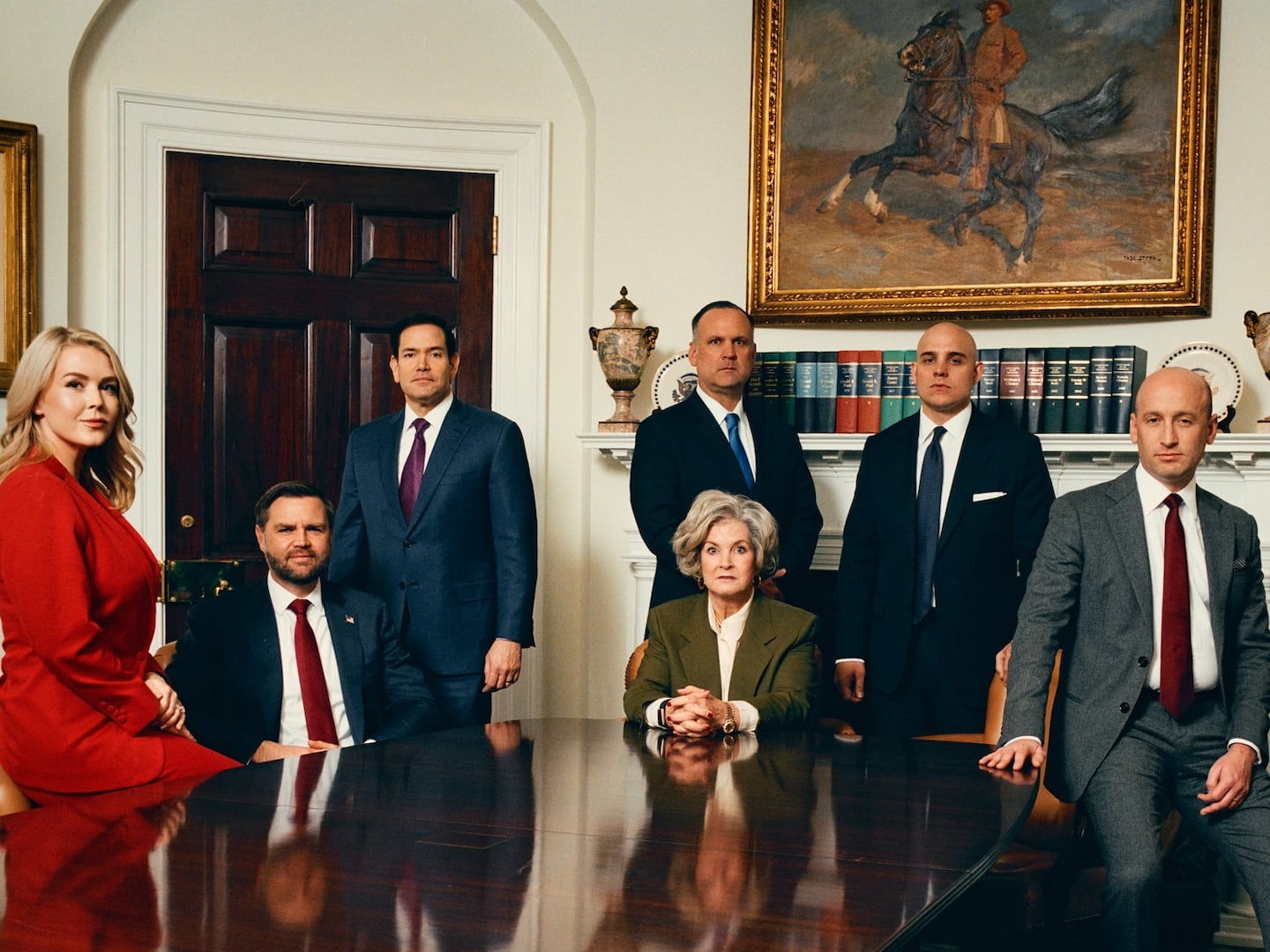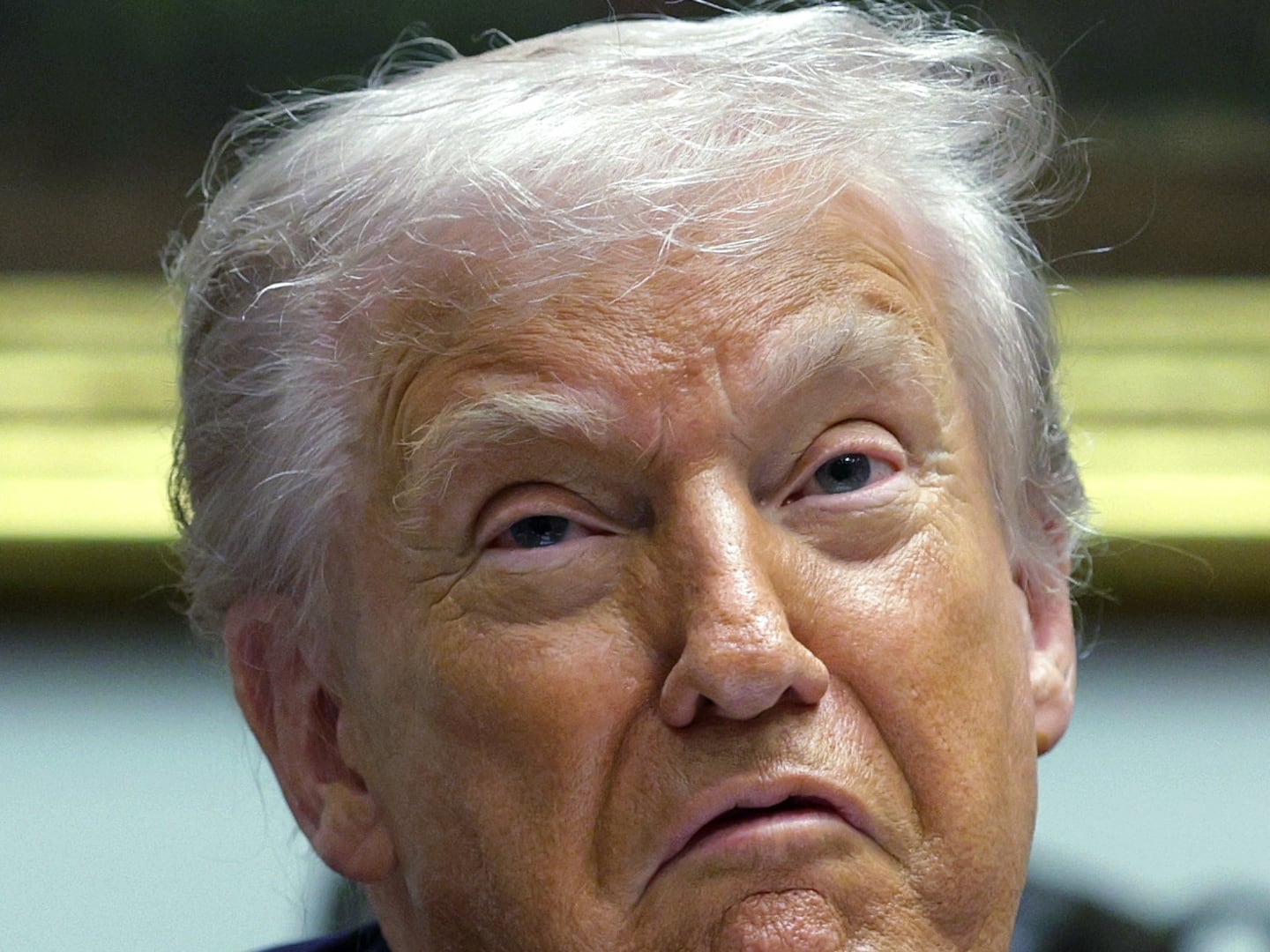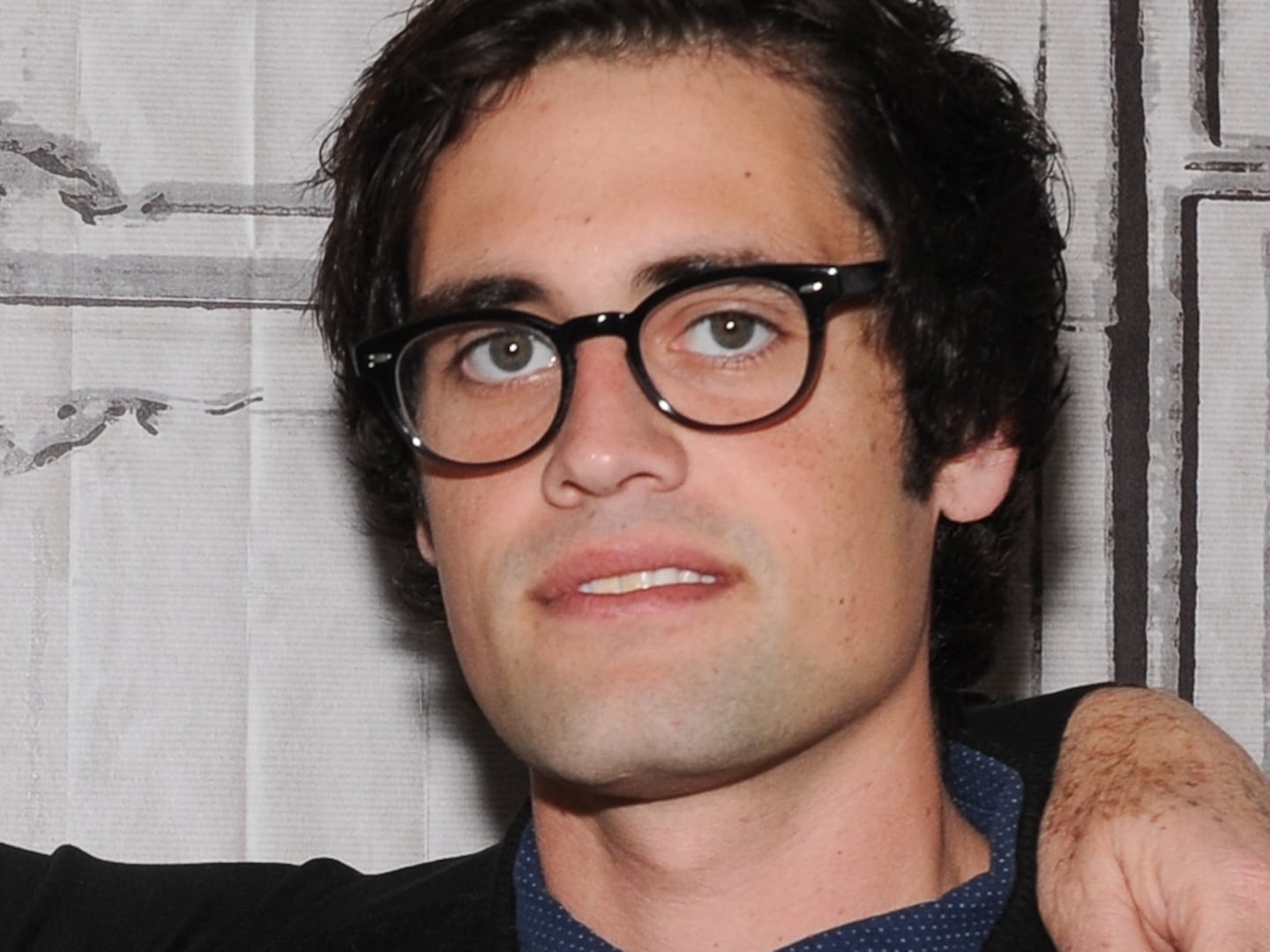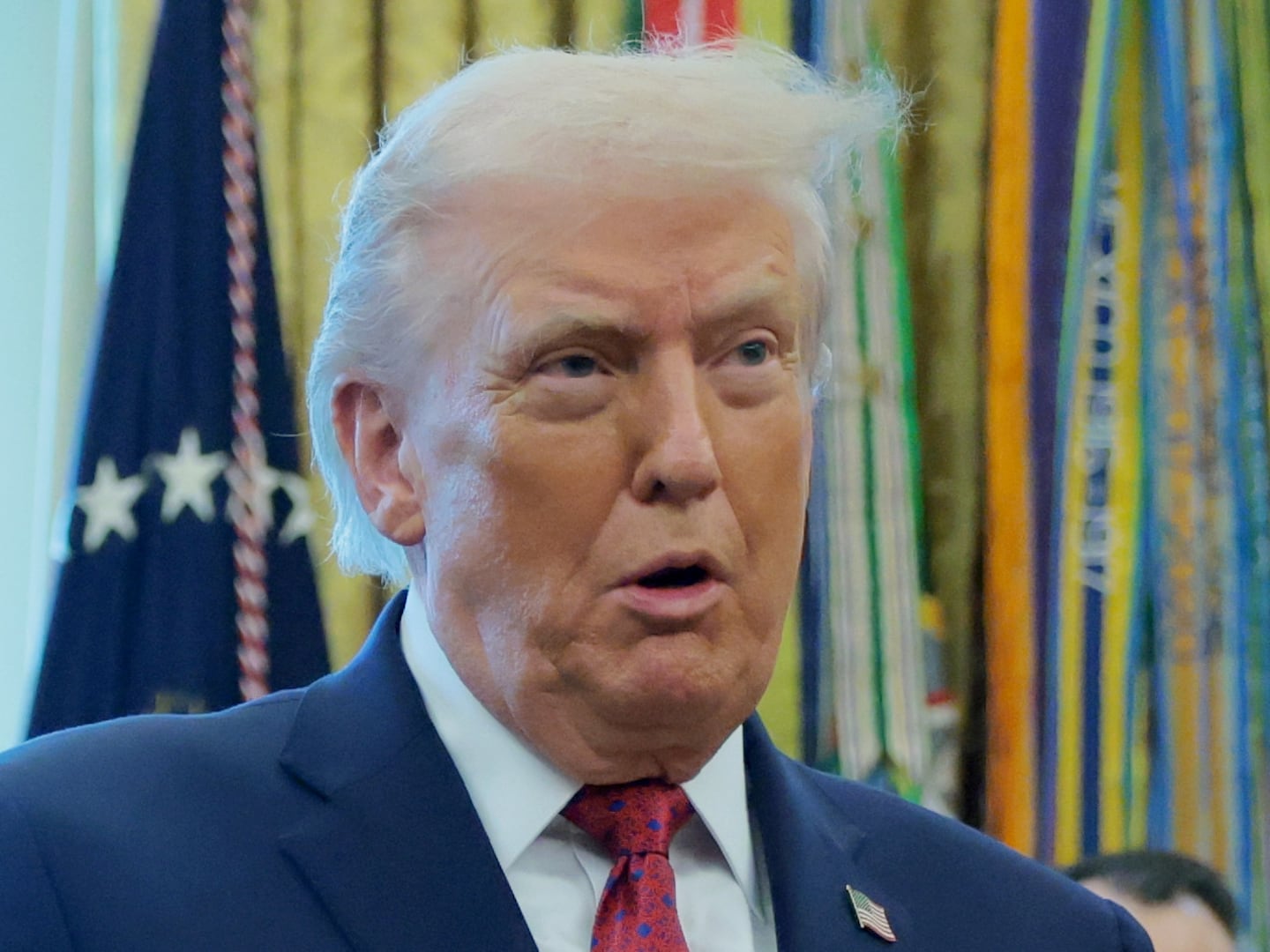The Hunger Games: Mockingjay – Part 1, the first cinematic chapter of the final installment in the dystopian film series, is the most political entry yet.
The movie, directed by Francis Lawrence, opens after the events of Catching Fire. Katniss Everdeen (Jennifer Lawrence) is in the psychiatric ward of District 13 where the rebel alliance, led by the resolute President Coin (Julianne Moore) and her Dick Cheney-ish advisor, Plutarch Heavensbee (Philip Seymour Hoffman), is readying for war with the Capitol. Katniss is suffering PTSD from the third Quarter Quell, where she ended the games by firing a charged arrow into the games’ force field, shattering it to pieces. The move, according to Coin, “electrified the nation,” and the oppressed districts are rallying behind their arrow-slinging rebel figurehead, or “Mockingjay.”
Coin and Heavensbee want Katniss to star in a series of Rosie the Riveter-esque propaganda films for the rebels displaying both the damage wreaked by the Capitol, including the destruction of her home, District 12, and their defiance in the face of it. As a counterpunch, the Capitol and President Snow (Donald Sutherland) have tortured the captured Peeta (Josh Hutcherson), starved him, and “hijacked” him—a method of extreme, drug-induced brainwashing.
“One of the big themes—if not the big theme—of Mockingjay – Part 1 is the battle of the airwaves,” Lawrence tells The Daily Beast. “I don’t think teenagers really understand the role propaganda has in our lives in terms of politics, advertising, and the general manipulation of imagery.”
Snow and the Capitol broadcast a series of interviews with a brainwashed, gaunt-looking Peeta where he repeats lines given to him by his captors—that the rebel alliance should lay down their arms and stop fighting, and that Katniss is merely a pawn to further Coin’s agenda. The coerced Peeta transmissions are eerily similar to recent videos of ISIS captives who have been forced to speak ill of the west.
“I think there are parallels with ISIS,” says Lawrence. “We made this film before the videos were released, so it’s a chilling reminder of what can happen in the real world. Suzanne Collins wrote a series of books specifically about the consequences of war, and one of the facets we get to explore in this movie is the use of propaganda in war, and the manipulation of imagery and people in the use of propaganda. Unfortunately, this kind of thing has been happening for a really long time. Now, due to technology, it reaches people in a faster, more immediate way.”
Another real-world parallel with Mockingjay – Part 1 is a covert mission late in the film to rescue Peeta from the clutches of the Capitol. A volunteer team of six rebel fighters, led by Gale (Liam Hemsworth), flies in on a helicopter in the middle of the night and rappels down through a glass roof and into a compound allegedly housing Peeta.
“In the book, the rescue is obviously very important but since Katniss doesn’t go, she just hears about it, so it was something we had to engineer for the movie,” says Lawrence. “I was definitely inspired by Zero Dark Thirty as far as going in under cover of darkness, flying low, not being seen, and getting out really quickly.”
But the biggest likeness to Operation Neptune Spear is what occurs back at District 13’s command center. The six team members are wearing helmet-cams that transmit footage back to the base, and huddled together watching the footage is Katniss, Coin, Heavensbee, Beetee (Jeffrey Wright), and Finnick (Sam Claflin). The scene bears a striking resemblance to the now-iconic photo of President Obama, Secretary of State Hillary Clinton, Vice President Joe Biden, and the national security team crammed into the Situation Room watching the Bin Laden raid.
“That one photo down in the meeting room in the White House—absolutely,” Lawrence says of the comparison. “It was based on that general idea.” He adds, “My goal with Mockingjay is to make people think about war—the sides of war, the consequences of it, the propaganda, and the images we’re being shown.”
Tune in next week for the rest of our in-depth interview with Mockingjay director Francis Lawrence.


